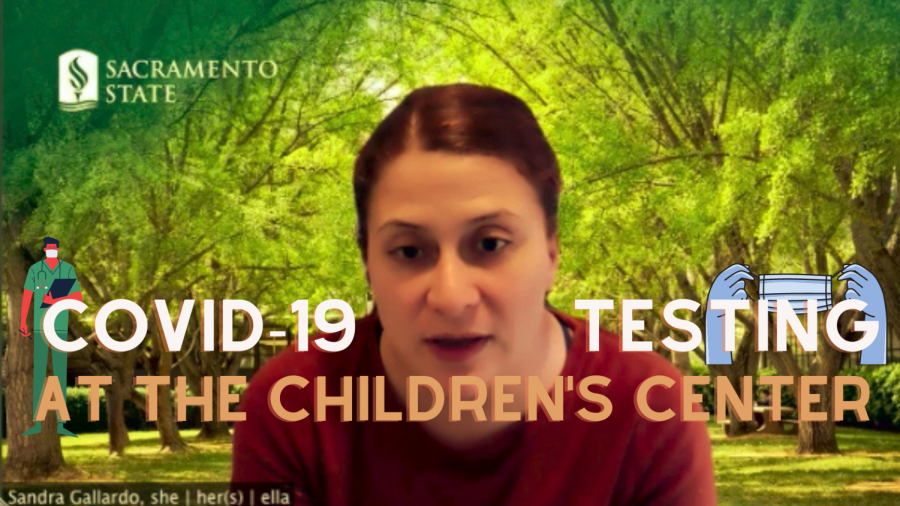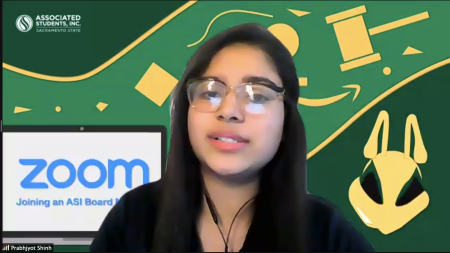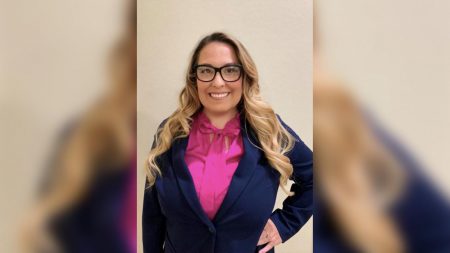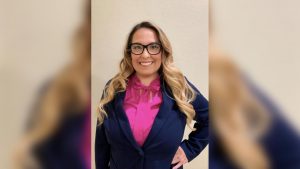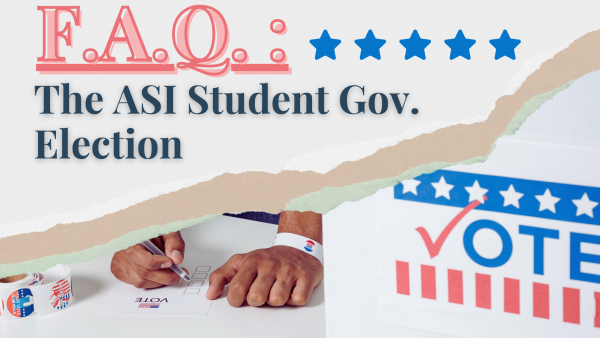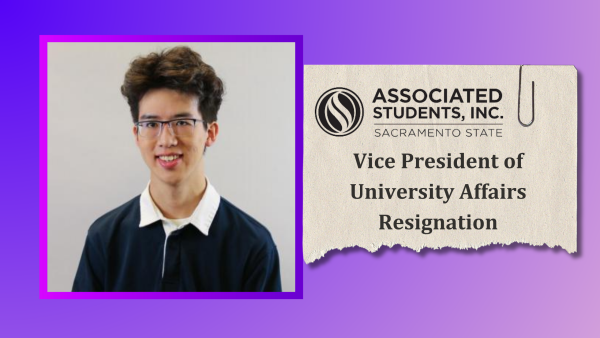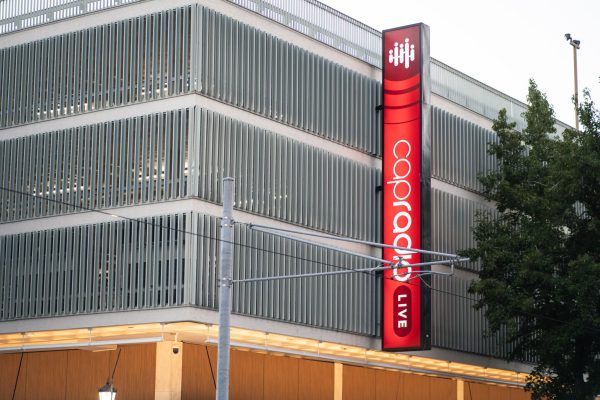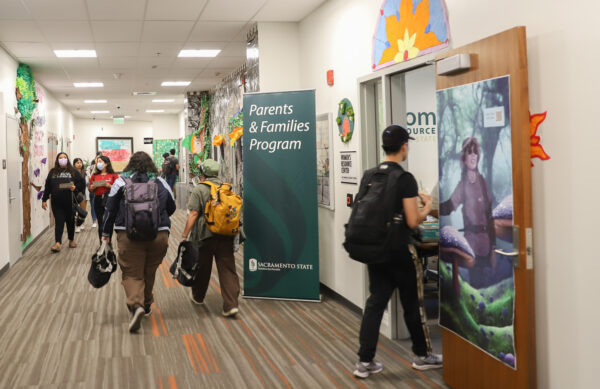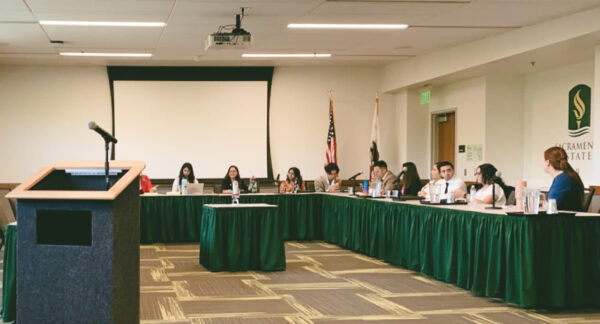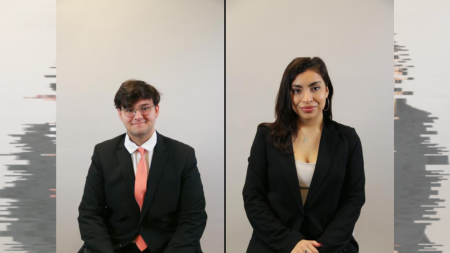ASI announces COVID-19 surveillance testing for staff of Children’s Center
Approves resolution recommending trigger warnings prior to faculty or student presentations
ASI Executive Director Sandra Gallardo discussed the implementation of COVID-19 surveillance testing for staff at the Children’s Center, which will begin on Monday. The ASI Board of Directors also approved a resolution recommending trigger warnings prior to faculty or student presentations at the ASI board meeting on Wednesday via Zoom. Graphic made in Canva.
December 9, 2020
Sacramento State’s Associated Students, Inc. Board of Directors announced new COVID-19 surveillance testing for ASI Children’s Center staff in a board meeting Wednesday.
The new COVID-19 protocol for the Children’s Center, announced by ASI Executive Director Sandra Gallardo, will start Monday. The surveillance testing will require 14 employees of the 70 Children’s Center employees to be chosen at random every Monday to take COVID-19 tests administered by Sac State’s Health and Counseling Center.
Gallardo said everyone at the Children’s Center will be entered in the random COVID-19 testing except for the kitchen staff, who will have the option to opt out of the testing.
The center currently has 82 children enrolled and is at 50% capacity, according to Gallardo. Gallardo said there have been zero reported COVID-19 cases at the Children’s Center so far this semester.
“As we enter this increase in testing, we’re going to see an increase in reporting,” said Gallardo.
The board also approved a resolution that recommends the implementation of trigger warnings in faculty and student presentations.
Trigger warnings, also called content warnings, are messages that inform viewers of potentially upsetting or psychologically triggering content that is included in the following presentation or other piece of media.
Lovepreet Kaur, vice president of university affairs, and Kathryn Webb, California State Student Association Liaison, developed the trigger warnings resolution, which recommends faculty and students administer trigger warnings before any presentations to guarantee that students will be warned prior to witnessing a potential trigger.
“We kind of started talking about this because COVID-19 has heightened a lot of this stuff,” said Webb.
Kaur said while the resolution will not eliminate panic attacks, it can at least prepare students and decrease the chances of a student facing a serious matter such as a panic attack.
During the meeting, Ashley Momoh, director of social sciences and interdisciplinary studies, said she had an experience during an in-person class in which a professor shared graphic content that resulted in her having to step out of the class.
Kaur and Webb said they want to advocate for classroom presentation trigger warnings while Sac State students are virtually learning and when Sac State students return to in-person education.
“We always show presentations, we always show videos in class so this might be helpful even when we are not virtual,” said Kaur.































































































































